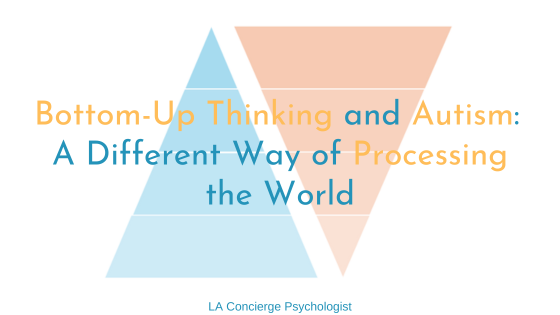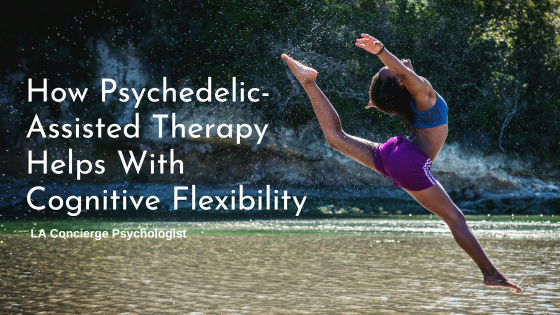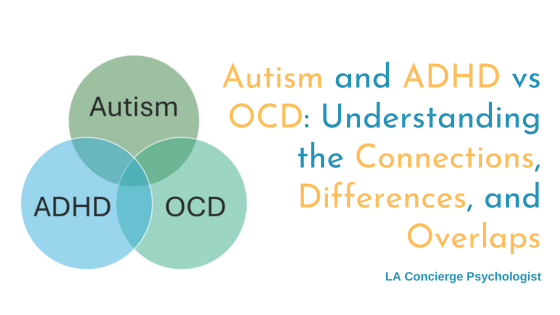When people hear about attachment styles, it’s usually in the context of romance. People try to determine their attachment style so they know why they respond certain ways to their partner. But attachment is much more complex, and it influences every relationship, especially your friendships.
What is an Attachment Style?
Attachment theory was developed by John Bowlby in the mid 20th century. He proposed the idea that children’s relationships with their early caregivers influence how they behave. And not just in infancy, but throughout their lives. The way they bonded with their guardians indicated how most of their interactions would play out as they grew up. (This is a basic definition; describing all the aspects of attachment style is a book unto itself. But this is the basis for the study of childhood attachment and how it impacts people and the relationships they have with others.)
There are four main attachment styles: secure, anxious/preoccupied, avoidant/dismissive, and disorganized/fearful-avoidant. Children with secure attachments feel comfortable and loved; they go through life feeling like people are safe to be close with. With anxious attachment, children feel unsure of whether they will be cared for because they had inconsistently responsive parents. Avoidant attachment results from children’s needs for comfort and attunement being ignored or actively avoided by their parents. Disorganized attachment stems from children who had unpredictable and fear-producing parenting. Their caregivers are sought after as a source of comfort but also serve as a source of fear. Often times, disorganized attachment, which can be thought of like a mix of the anxious and avoidant attachment styles, comes from abusive parenting or witnessing domestic violence.
How Does Attachment Style Affect Friendships?
Based on the descriptions above, you can see how attachment styles influence adult friendships. While many other personality traits and experiences influence how we respond to friends and how friends might respond to us, understanding attachment provides one of the biggest clues to truly understand how we connect with these important people in our lives.
At its core, attachment simply describes the way we bond. It influences how we enter friendships, romantic relationships, and even how we connect with our coworkers. Understanding our attachment style is one way to learn how we navigate friendships and what kinds of barriers we create that make it potentially difficult to have safe and stable relationships.
It’s easiest to see how attachment styles affect friendships when the relationship hits a rough spot; The behaviors people develop in early childhood are strongest when they are threatened. If you start fighting with a friend, your style will influence how you respond. For example, you might panic that the friendship is about to end or get jealous of your friend’s other friends. When the fight starts and your friend tells you that they’ve been hurt and they need to talk to you about it, you might shut down or tell them you don’t want to talk about it and walk out of the relationship. You may want to repair a rupture in your friendship but think it will inevitably fail, so you walk away preemptively to protect yourself. Or you might be able to sit down, assume that the core of your friendship will continue to hold, and talk things out even if it’s painful.
How The Four Main Attachment Styles Impacts Friendships
The content below speaks generally about each attachment style, But the issue is very nuanced. If something in this blog doesn’t apply to you, feel free to disregard it.
Secure Attachment
A secure attachment style is characterized by trust. People with this style tend to have positive views of their relationships and, by extension, their own self-worth. They can both give and receive emotional support, and they don’t shy away from intimacy. They effectively communicate their needs and respond appropriately to conflict. This happens because this behavior was modeled for them when they were infants. People with secure attachments had their needs met, not because their parents were perfect, but because they were attentive and knew how to maintain a safe and trusting relationship with their child.
In a friendship, a person with a secure attachment style healthily communicates their needs and feelings. They are reliable; their friends can depend on them to be supportive when things get hard. They also tend to have a good understanding of boundaries. Securely attached people can hold their boundaries and respect those of their friends. Overall, a person with a secure attachment style likely has healthy friendships based on trust, mutual respect, and emotional support.
Anxious Attachment
People with an anxious/preoccupied attachment style often don’t believe in their own worth. As a result, they constantly fear being abandoned. They depend on others for their emotional stability and may become clingy or possessive with friends and partners. Anxiously attached people typically had a caregiver who responded inconsistently to their needs. They may have experienced neglect or rejection, which led to feelings of insecurity.
An anxious attachment style can create behaviors that strain relationships, making it challenging to build and keep healthy friendships. People with an anxious attachment style frequently become very dependent on their friends for emotional support. They often require constant reassurance about the stability of the friendship. They may start getting jealous or possessive if their friends start spending time with other people. This need for constant attention can get overwhelming for their friends, causing these friends to withdraw. This confirms the anxious person’s fears that everyone will leave them. And, unfortunately, that belief can lock their next relationships into a vicious cycle of insecurity.
Avoidant Attachment
Someone with an avoidant/dismissive attachment style is extremely independent and uncomfortable with intimacy. People with this attachment style prioritize self-reliance. They are uncomfortable with vulnerability and struggle with emotional displays from others or themselves. They tend to avoid conflicts and shut down if an emotional conflict arises.
Caregivers who dismiss their children’s needs or who are emotionally unavailable are responsible for avoidant attachment styles. People raised in this kind of environment generally learned to rely on themselves for emotional support. They didn’t have anyone they could ask for help. As a result, they become very self-sufficient but have a very difficult time opening up to others.
Because of this, a friendship with someone who has an avoidant attachment style can feel like a constant battle for connection. This is because they often keep emotional distance between themselves and others. Getting information about how they’re feeling or what’s going on in their lives might feel like pulling teeth. People who are avoidant may feel uncomfortable with the vulnerability and intimacy required in close friendships. They may also struggle with asking for or giving emotional support. As a result, they may have few, if any, long-lasting friendships because friends feel like the relationship is one-sided.
Disorganized Attachment
A disorganized/fearful-avoidant attachment style combines anxious and avoidant behaviors. Whereas people with an anxious style fear being abandoned and people with an avoidant style reject vulnerability, people with a disorganized style have conflicting desires for closeness and independence. They may want a relationship, but they fear both rejection and intimacy because they believe relationships are unreliable.
People with a disorganized attachment style had their childhood interactions with their caretakers tainted by fear. The child knew at a subconscious level that the caretaker was necessary for getting their needs met. However, because of that caretaker’s harmful behaviors, the child also feared them. The child didn’t know how to navigate the combination of fear and need. They grow up wanting safety and stability while also believing relationships are inherently unstable.
People with disorganized attachment styles often struggle to trust that friendships will hold. They have difficulty communicating their needs because they don’t know if it’s safe to do so. Oftentimes, they struggle to regulate their emotions because they are constantly shifting from fearing rejection to fleeing from intimacy. They may experience emotional whiplash while navigating their own feelings. Unfortunately, the intensity of their reactions to either extreme may leave other friends uncertain how to interact with them.
I Know My Attachment Style, Now What?
Secure attachment styles don’t make people good friends, and insecure styles don’t make people bad friends. They are simply behavior patterns learned in childhood to help people survive. These behaviors can change; they aren’t set in stone. If people recognize when those behaviors interfere with their ability to have healthy friendships, then they can recognize what needs to change.
Understanding the attachment style and its connected behaviors can help you make those changes. You will have an easier time communicating, and you will understand why behaviors happen the way they do. You can develop a better vocabulary to use during conflicts. Utilizing professional support can give you the support you need to develop healthy coping strategies that will let you build healthier, more secure friendships. Contact us to see how we can help or book a free 20 minute consultation call with Dr. Barajas or Dr. Goldman.




